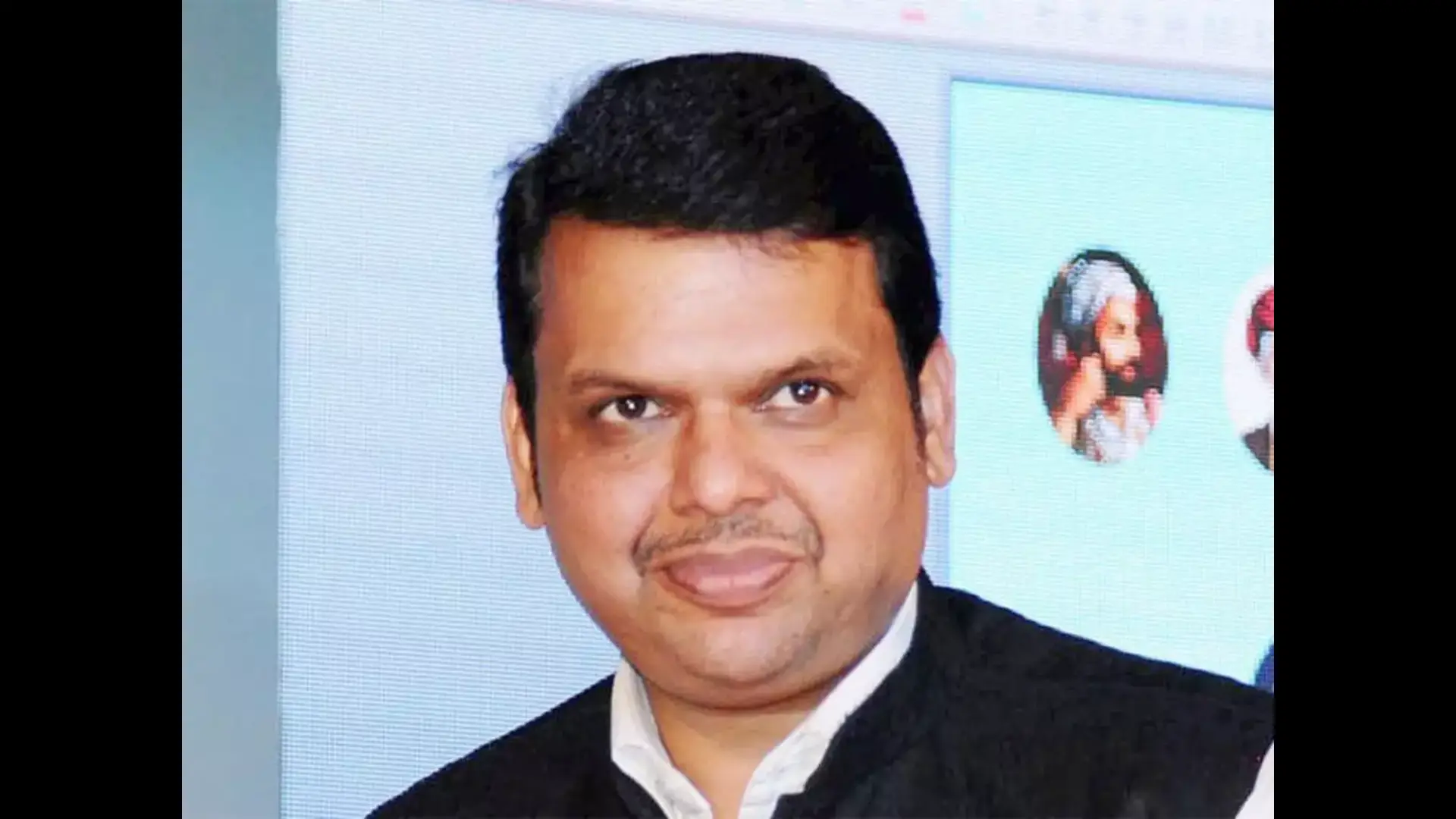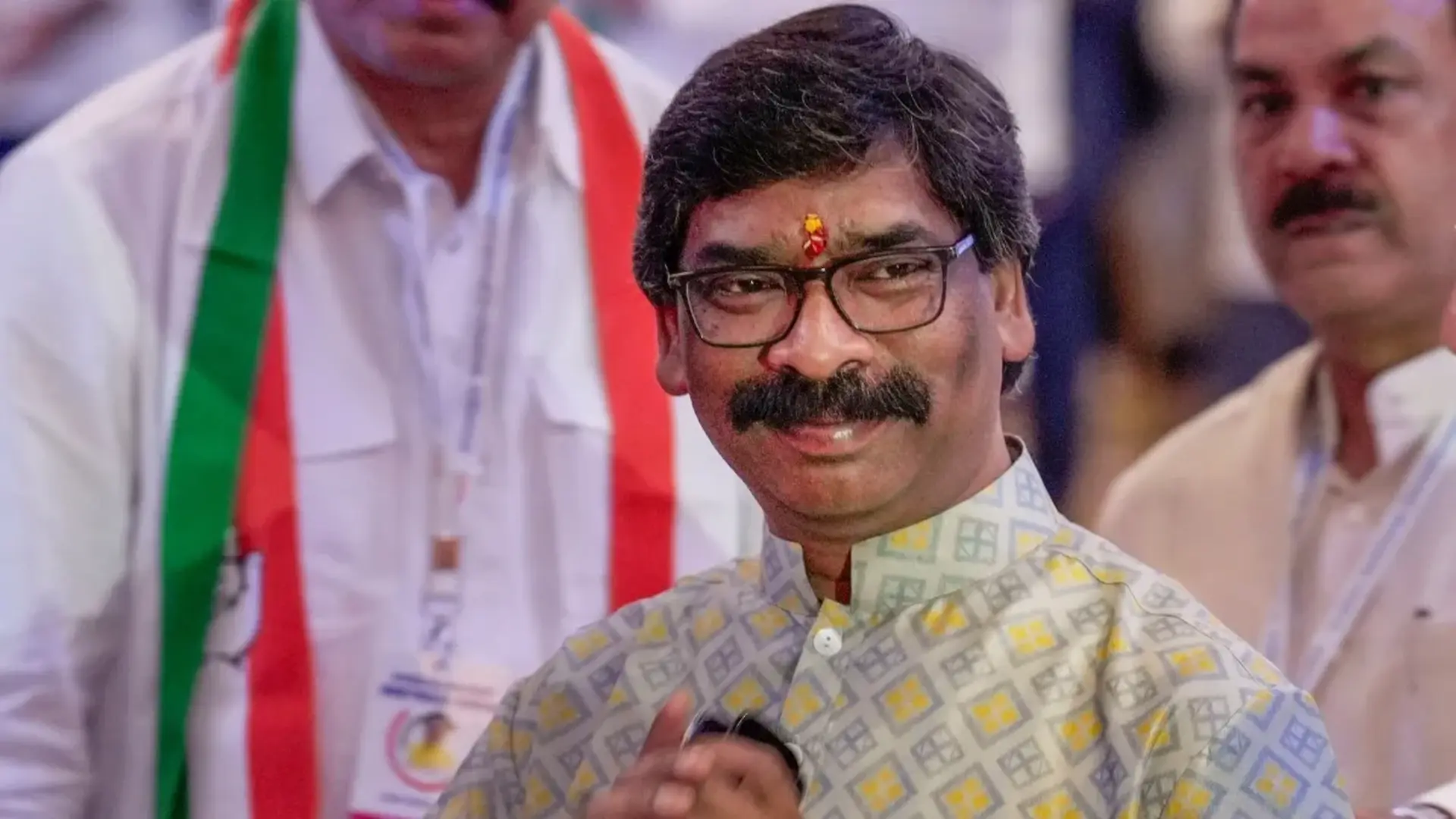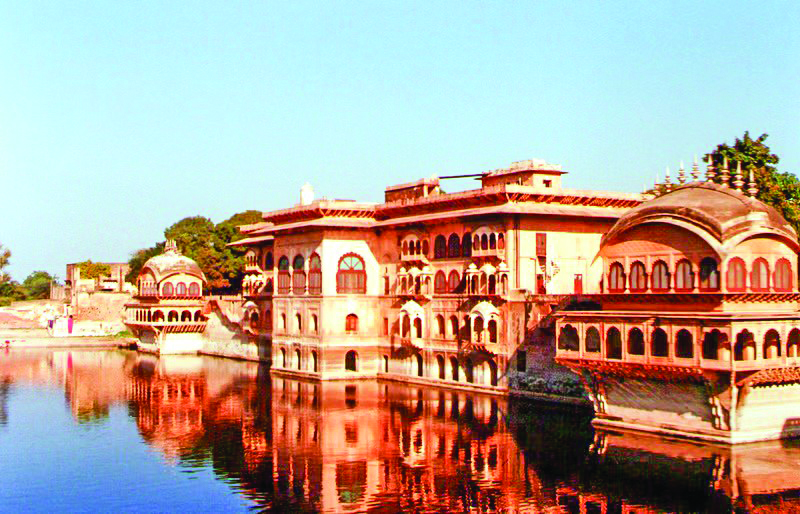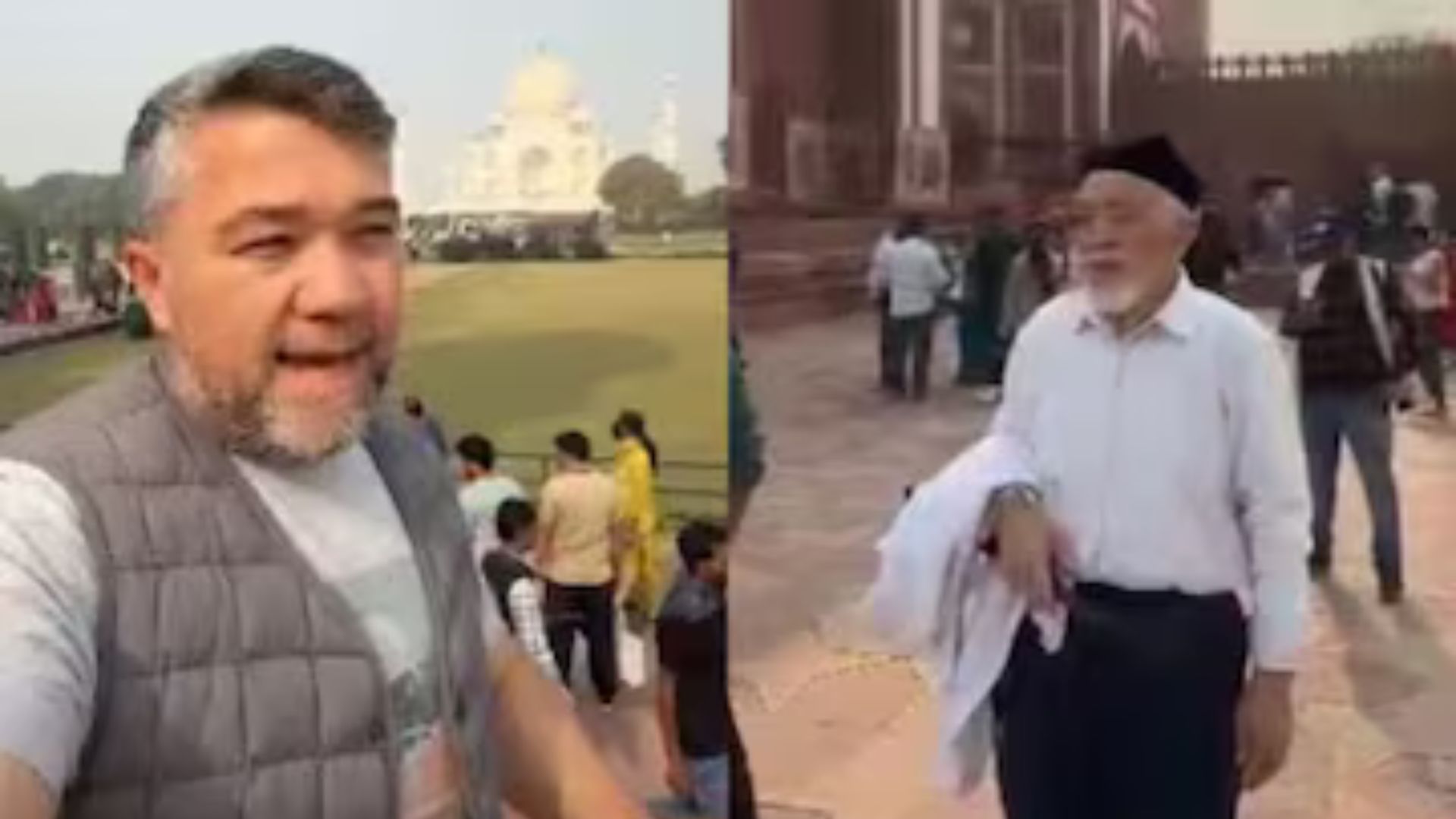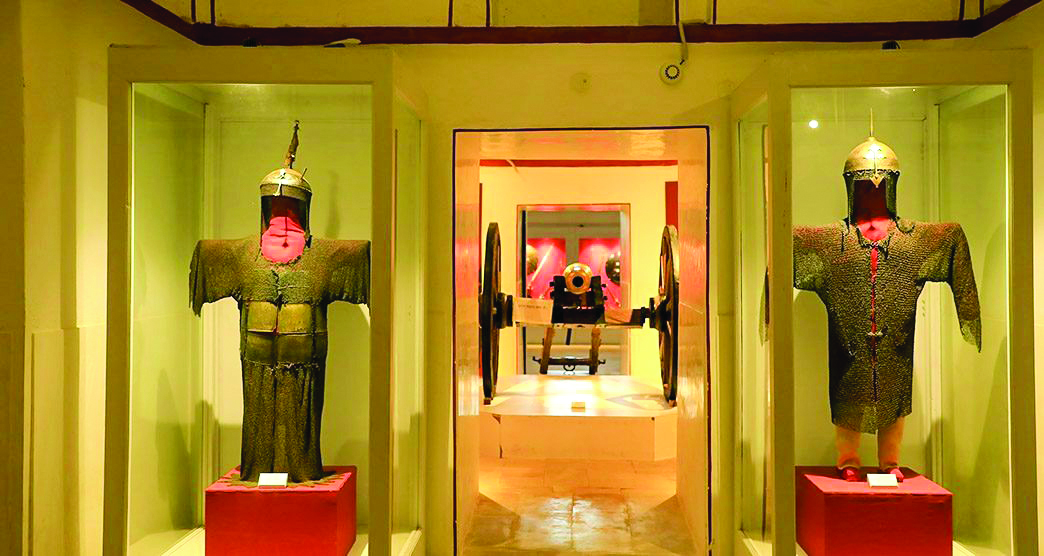
The sun casts long shadows across the weathered stones of Akbari Fort, where behind ancient walls lies one of Rajasthan’s most significant cultural treasures, the Ajmer Government Museum. Established in October 1908 through the visionary collaboration of Lord Carson and Sir John Marshall, then Director-General of Archaeology in India, this museum has stood as a silent guardian of history for over a century.
The Birth of a Cultural Beacon
The story of the Ajmer Government Museum begins in the early 20th century when British India was witnessing a renaissance in cultural preservation. The choice of the Akbari Fort as its home was no coincidence. Built in 1570 under Emperor Akbar’s command, these walls once sheltered Prince Salim, the future Emperor Jahangir. The transformation of this royal residence into a museum marked a pivotal moment in Rajasthan’s cultural landscape.
A Journey Through Sacred Art
Walking through the Archaeological Gallery feels like stepping into a divine realm. Here, centuries-old stone comes alive through masterful sculptures of deities and celestial beings. The Vishnu sculptures showcase the evolution of artistic styles across different periods, while the magnificent Trimurti statue stands as a testament to the sculptors’ deep understanding of Hindu theology. The Lakshmi Narayan sculptures tell stories of devotion and divine love, their details as crisp today as they were centuries ago.
Queens of Stone and Spirit
The museum houses an extraordinary collection of female deity sculptures that opens a window into ancient India’s reverence for divine feminine power. The fierce Mahishashur Mardini depicts the dramatic moment of Durga’s victory over evil, her power frozen eternally in stone. The Saptamatrikas, seven divine mother goddesses, stand in silent witness to ancient fertility cults and maternal worship. A rare Jain Saraswati statue speaks volumes about the religious harmony that once prevailed in medieval Rajasthan.
Arsenal of the Ages
The armory section transports visitors to an era of valor and warfare. Medieval weapons line the walls, each telling its own story of battles fought and kingdoms defended. Intricately crafted swords lie alongside ornate daggers known as katars. The collection of dhals (shields) bears testament to both the defensive innovations of the time and the artistic sensibilities of their creators. Early firearms called jagnols represent the evolution of warfare in the region.
Crafting History
The museum’s craft section breathes life into Rajasthan’s artistic heritage. Traditional tools and techniques are preserved here, showing how skilled artisans transformed raw materials into objects of beauty and utility. The industrial section complements this by documenting the region’s technological evolution, creating a comprehensive narrative of human ingenuity.
A Legacy for the Young
Understanding the importance of engaging future generations, the museum has created a vibrant children’s gallery. Here, history steps down from its pedestal to meet young minds at their level. Interactive displays and carefully curated exhibits make the past accessible and exciting for children, ensuring the continuation of cultural awareness across generations.
Guardians of Time
Behind the scenes, a dedicated team of conservators works tirelessly to preserve these priceless artifacts. Their work involves constant monitoring of environmental conditions, careful restoration when needed, and detailed documentation of each piece. This silent battle against time ensures that future generations can continue to learn from and be inspired by these historical treasures.
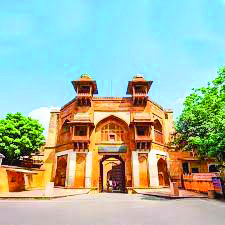
A Living Institution
Today’s Ajmer Government Museum is far more than a repository of ancient objects. Regular educational programs bring history alive for school groups. Workshops connect traditional artisans with modern audiences. Special exhibitions highlight different aspects of the collection, drawing new perspectives from old treasures. The museum has evolved into a dynamic cultural center while maintaining its core mission of preservation and education.
Modern Challenges, Timeless Values
As the museum moves forward in the 21st century, it faces both challenges and opportunities. Modern conservation techniques are being adopted while respecting traditional methods. Digital documentation is making the collection more accessible than ever before. Yet the fundamental value of the museum remains unchanged; it stands as a bridge between past and present, helping visitors understand their heritage through tangible connections to history.
A Cultural Crossroads
The museum’s location in Ajmer, a city known for its spiritual and cultural significance, adds another layer to its importance. Situated near the famous Ajmer Sharif Dargah and the ancient Adhai Din Ka Jhonpra mosque, the museum forms part of a cultural triangle that attracts scholars, tourists, and pilgrims from around the world.
Looking Ahead While Honoring the Past
As the Ajmer Government Museum moves towards its 116th year, its relevance only grows stronger. Each artifact tells multiple stories, of artistic achievement, of religious devotion, of technological innovation, and of human creativity. The museum continues to acquire new pieces, each carefully chosen to enhance understanding of Rajasthan’s rich cultural tapestry.
The museum’s role extends beyond mere preservation. It serves as a research center for scholars, an educational institution for students, and a source of inspiration for artists and craftspeople. Regular cultural events and temporary exhibitions ensure that the museum remains a living, breathing part of Ajmer’s cultural life.
For visitors, the Ajmer Government Museum offers more than a glimpse into the past; it provides a comprehensive journey through time. From the grandeur of Mughal architecture to the fine details of medieval sculptures, from the practical implements of daily life to the ornate weapons of warfare, each gallery adds another chapter to the story of Rajasthan’s rich heritage.
As the sun sets behind the ancient walls of Akbari Fort, the museum stands as a testament to the enduring value of cultural preservation. In a rapidly changing world, it reminds us that understanding our past is key to navigating our future. The Ajmer Government Museum continues to fulfill its century-old mission, protecting and sharing the cultural treasures that make Rajasthan’s heritage uniquely precious.
Recent Archaeological Discoveries
The museum’s latest archaeological findings have added fascinating dimensions to our understanding of medieval Rajasthan. Recent excavations near Ajmer have yielded pottery shards, coins, and jewelry that now find their home in the museum’s collection. These artifacts, dating from the 8th to the 14th centuries, provide valuable insights into daily life during different dynasties. A particularly significant discovery includes a cache of Chauhan-era coins, which have helped historians better understand the economic systems of medieval Rajasthan.
Sacred Scripts, The Manuscript Collection
One of the museum’s lesser-known but invaluable treasures is its collection of ancient manuscripts. Written in Sanskrit, Persian, and various local dialects, these documents cover subjects ranging from astronomy to medicine, poetry to religious treatises. The palm leaf manuscripts, some dating back to the 11th century, require special conservation efforts but provide unparalleled insights into medieval Indian scholarship and literary traditions.
Textile Tales, The Fabric Gallery
The textile section, though smaller than other galleries, tells a compelling story of Rajasthan’s fabric traditions. From royal garments to everyday wear, the collection showcases the evolution of textile craftsmanship. Particularly noteworthy are the samples of block printing from different periods, showing how this distinctive Rajasthani art form developed over centuries. The gallery also houses tools and equipment used in traditional textile production, offering a comprehensive view of this crucial craft.
Musical Heritage, Instruments Through Time
A recent addition to the museum is its collection of traditional musical instruments. These pieces not only demonstrate the evolution of Indian classical music but also tell stories of folk traditions unique to the region. From ancient dhols to intricately carved sitars, each instrument represents a different aspect of Rajasthan’s rich musical heritage. The collection also includes recordings of traditional music, preserving not just the instruments but the sounds they create.
The Living Workshop, Contemporary Crafts Program
The museum has recently initiated a program where traditional artisans demonstrate their crafts in real time. This living workshop allows visitors to witness age-old techniques firsthand. From pottery to metalwork, these demonstrations bridge the gap between historical artifacts and living traditions. The program has become particularly popular with international visitors, offering them a unique glimpse into Rajasthan’s living heritage.
These new additions and programs further cement the Ajmer Government Museum’s role as a dynamic cultural institution. They demonstrate how a century-old museum can continue to grow and evolve while maintaining its core mission of preserving and sharing Rajasthan’s rich cultural heritage. Each new exhibit and program adds another layer to the complex tapestry of history that the museum works to preserve and present to future generations.

